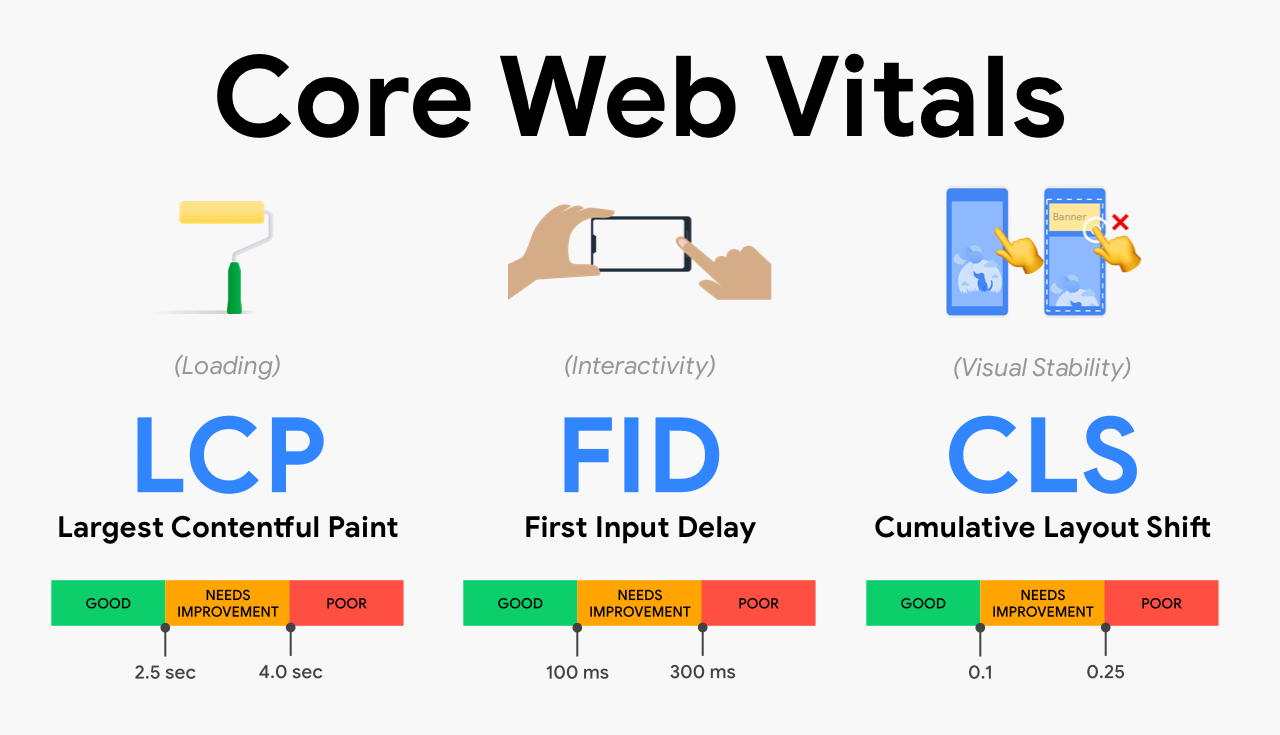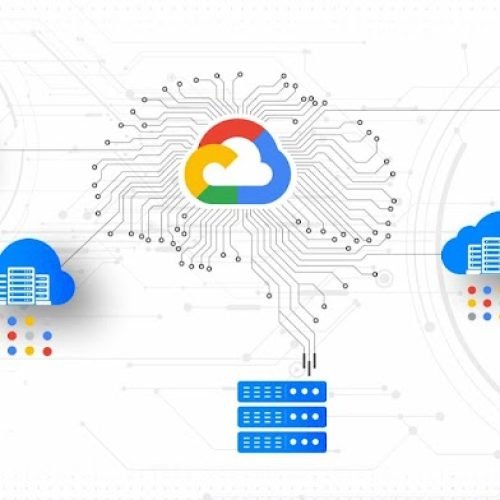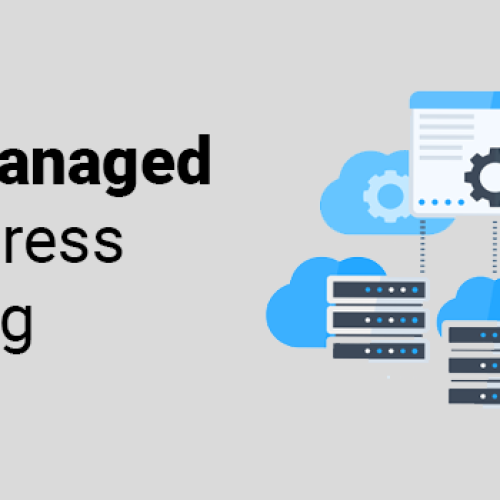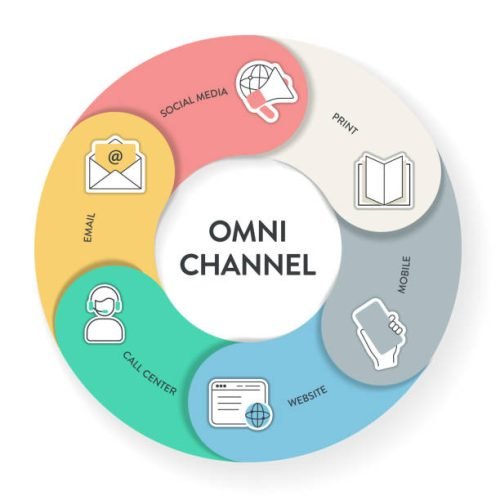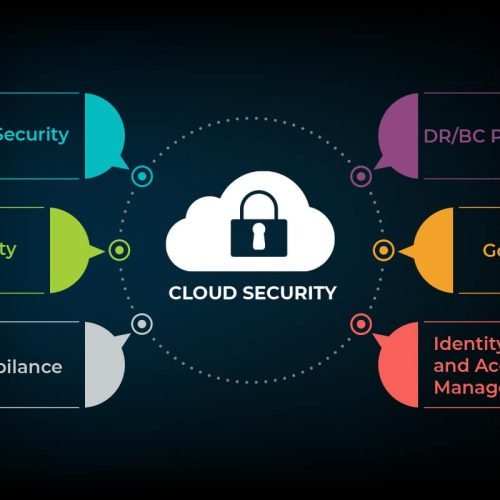Introduction
Google has always prioritized user experience when ranking websites. In 2025, this is clearer than ever with the release of Core Web Vitals 2.0. These updated performance metrics measure how quickly and smoothly your site loads, responds, and delivers content across devices.
If your website fails Core Web Vitals, you’re losing rankings, visitors, and revenue. But if you optimize correctly, you gain a powerful edge in SEO, conversions, and brand trust.
In this guide, we’ll break down everything you need to know about Core Web Vitals 2.0, how they affect SEO in 2025, and how to optimize your hosting, content, and technical setup for maximum performance.
👉 Looking for fast, reliable hosting to pass Core Web Vitals? Start here:
What Are Core Web Vitals 2.0?
Core Web Vitals are Google’s key user experience signals, now expanded in 2025 with new metrics and refined thresholds.
The Current Core Web Vitals
- LCP (Largest Contentful Paint) → Measures loading performance. Should occur within 2.5 seconds.
- CLS (Cumulative Layout Shift) → Measures visual stability. Should stay below 0.1.
- INP (Interaction to Next Paint) → Replaces FID (First Input Delay). Measures responsiveness to user interactions. Should be below 200ms.
Why They Matter
- Direct SEO ranking factors.
- Impact bounce rate, engagement, and conversions.
- Users expect lightning-fast, stable websites in 2025.
How Core Web Vitals Impact SEO
- Higher Rankings → Google prioritizes sites that meet Core Web Vitals.
- Better UX → Faster load = happier users.
- More Conversions → Every millisecond counts for e-commerce and SaaS.
💡 Example: A site that improved its INP from 500ms to 150ms saw a 17% increase in conversions.
How to Measure Core Web Vitals
You can track Core Web Vitals 2.0 with:
- Google PageSpeed Insights (lab + field data).
- Google Search Console → Core Web Vitals report.
- Lighthouse / Chrome DevTools for audits.
- Web Vitals extension (Chrome plugin).
Hosting and Core Web Vitals
One of the biggest factors in Core Web Vitals is hosting performance. A slow or overloaded server will sabotage your scores no matter how optimized your code is.
Best Hosting for Core Web Vitals in 2025
- Hostinger → Affordable, LiteSpeed servers optimized for fast loading.
- SiteGround → Google Cloud infrastructure + advanced caching (SG Optimizer).
- Kinsta → Enterprise-grade performance with Google C2 machines.
- Cloudways → Managed cloud hosting with choice of AWS, Google Cloud, or DigitalOcean.
Practical Optimization Tips for Core Web Vitals 2.0
1. Optimize Largest Contentful Paint (LCP)
- Use a fast host with CDN (Hostinger, Kinsta).
- Compress and serve images in WebP/AVIF format.
- Preload key fonts and hero images.
2. Reduce Cumulative Layout Shift (CLS)
- Set fixed dimensions for images and ads.
- Avoid injecting content above the fold.
- Use stable CSS frameworks.
3. Improve Interaction to Next Paint (INP)
- Minimize JavaScript execution.
- Defer non-critical scripts.
- Use caching and lazy loading.
💡 Tools like Omnisend and Moosend can reduce bloat by integrating marketing automation without heavy scripts.
Security and Privacy for Performance
A secure website not only builds trust but also prevents malicious attacks that harm performance.
- Always use SSL certificates.
- Enable firewalls and DDoS protection.
- Secure admin access with VPNs like NordVPN.
Comparison Table: Hosting for Core Web Vitals
| Provider | Performance Focus | Starting Price | Best For |
|---|---|---|---|
| Hostinger | LiteSpeed servers, CDN | $2.99/mo | Startups, SMBs |
| SiteGround | Google Cloud infra, SG Optimizer | $3.99/mo | Agencies, SMBs |
| Kinsta | C2 machines, CDN, managed WordPress | $35/mo | Enterprises, SaaS |
| Cloudways | Cloud choice + managed platform | $14/mo | Developers, agencies |
FAQ – Frequently Asked Questions
What is INP in Core Web Vitals 2.0?
INP (Interaction to Next Paint) measures how quickly your site responds to user actions, replacing the outdated FID metric.
Do Core Web Vitals affect SEO directly?
Yes. Google confirmed they are ranking factors as part of page experience signals.
How can hosting improve Core Web Vitals?
Fast, optimized servers with CDN and caching drastically improve LCP, CLS, and INP scores.
Is shared hosting enough for Core Web Vitals?
It can be for small projects, but for scaling, cloud or managed hosting is better.
Conclusion
In 2025, Core Web Vitals 2.0 are essential for online success. They not only influence your SEO rankings but also shape how users experience your site.
👉 To improve your Core Web Vitals, choose the right hosting:
- Affordable performance → Hostinger
- Premium support + caching → SiteGround
- Enterprise WordPress performance → Kinsta
- Flexible cloud scaling → Cloudways
🔒 And always secure your site management with NordVPN.
Optimizing for Core Web Vitals 2.0 isn’t optional—it’s the new baseline for visibility, speed, and growth in 2025.

